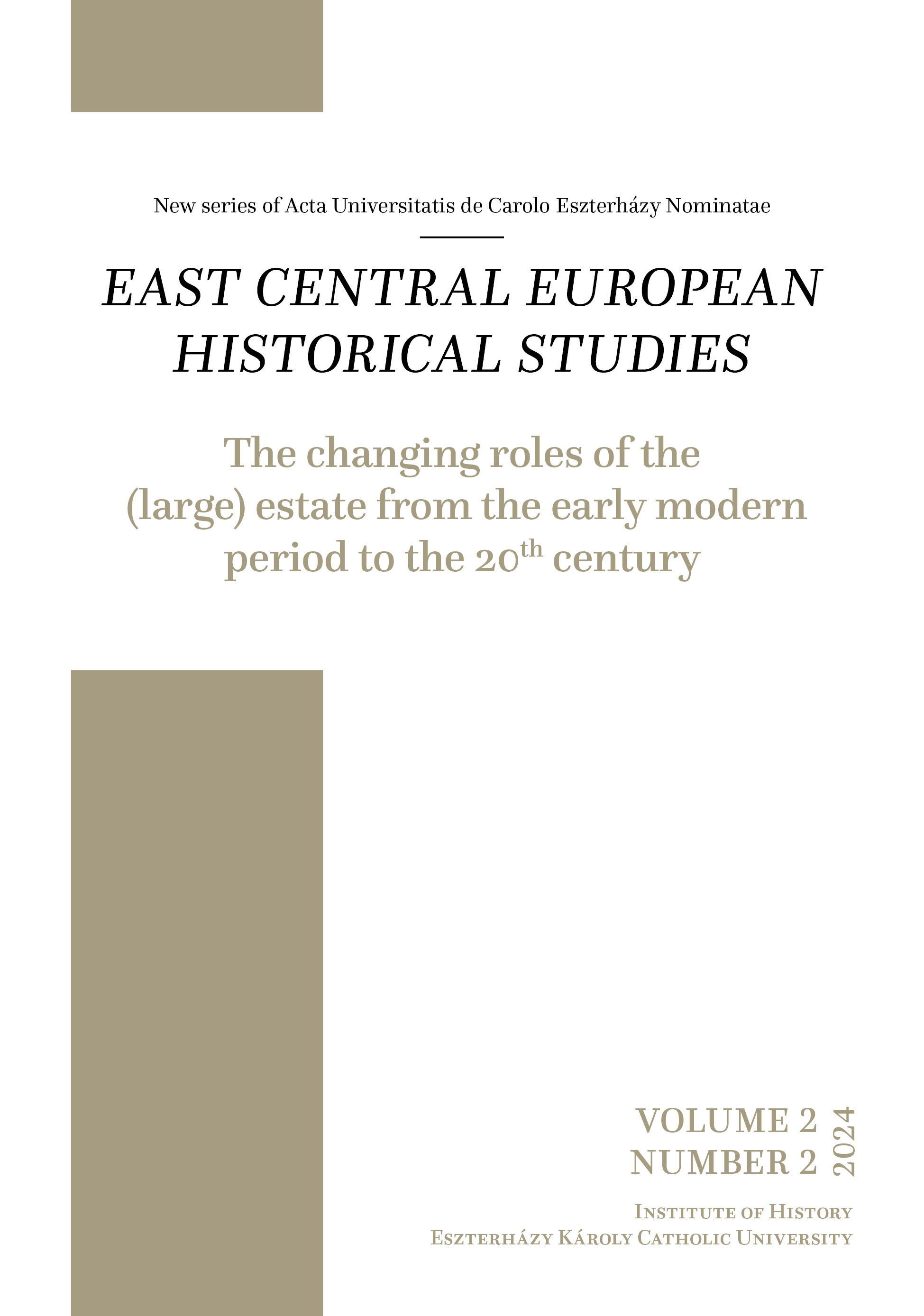The Transformation of Land Tenure Systems in the Southwestern United States during the 17th–19th Centuries
Main Article Content
Abstract
This paper investigates the evolution of land tenure systems in New Spain (modern Mexico) and their transformation under American annexation after 1848. It examines how Spanish colonial policies, rooted in absolutist legal traditions, balanced royal authority with indigenous land practices. Central to this study is the adaptation of legal frameworks, such as the Recopilación de leyes de los Reynos de las Indias, to address the challenges of a diverse colonial society. The paper explores the legal mechanisms used to allocate and regulate land, as well as the sociopolitical dynamics that shaped their application. Following U.S. annexation, conflicts arose between communal landholding traditions and Anglo-American privatization, leading to extensive land dispossession for Hispano and indigenous communities. The paper argues that these legal transformations not only undermined traditional land use but also disrupted cultural and social systems, leaving a legacy of legal disputes and cultural resistance that persists today.
Article Details

This work is licensed under a Creative Commons Attribution 4.0 International License.

